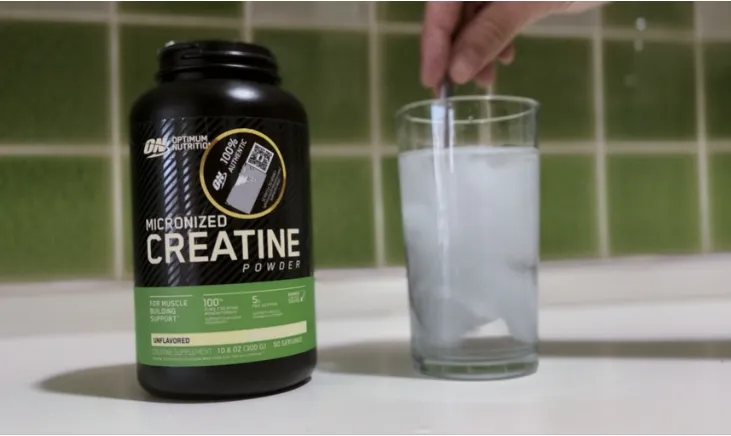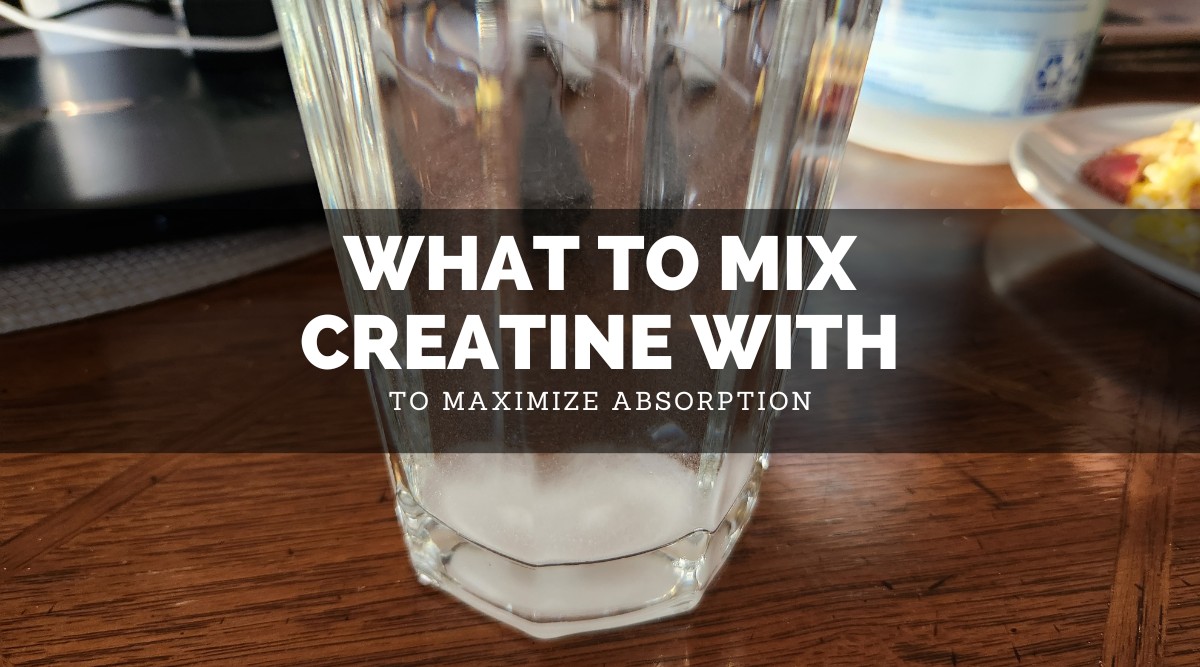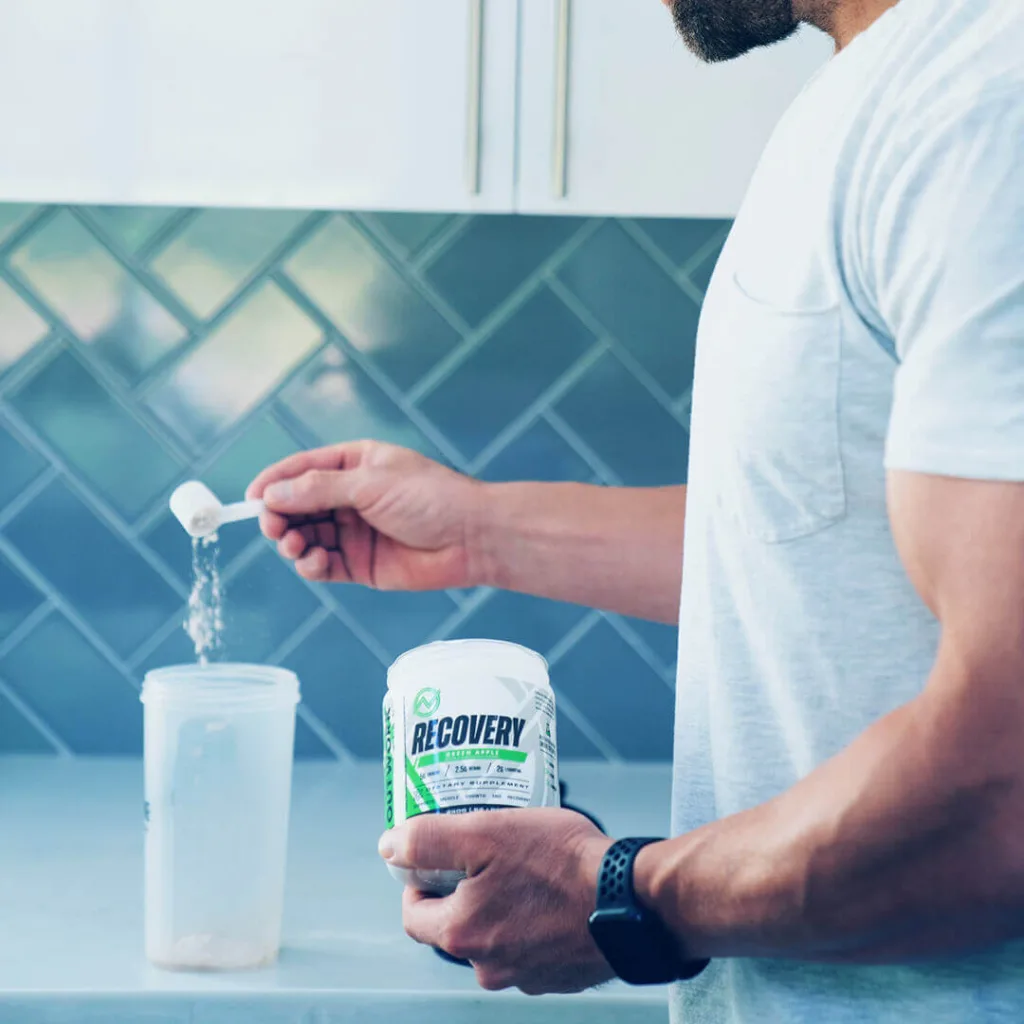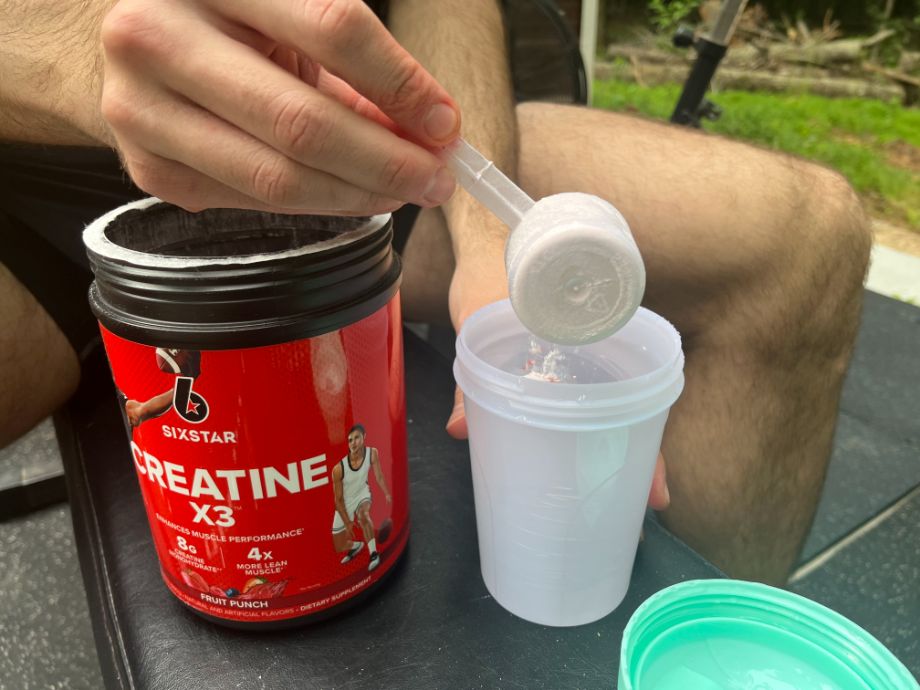How To Mix Creatine With Water

The supplement aisle can be a daunting place, filled with promises of enhanced performance and physique. Amidst the myriad of powders and pills, creatine stands out as one of the most researched and widely used supplements in the fitness world. But with its popularity comes a critical question: how do you actually mix creatine with water for optimal results and minimal side effects?
This article delves into the practical aspects of preparing a creatine solution, drawing upon scientific understanding and expert recommendations. We'll explore the ideal water temperature, the best methods to ensure proper dissolution, and potential pitfalls to avoid. The aim is to provide a clear and comprehensive guide, allowing individuals to confidently incorporate creatine into their routine.
Understanding Creatine and Hydration
Creatine, primarily stored in muscle tissue, plays a crucial role in energy production during high-intensity exercise. Its ability to enhance performance is well-documented, making it a staple for athletes and fitness enthusiasts. However, proper hydration is paramount when supplementing with creatine.
Creatine attracts water into muscle cells. Inadequate water intake can lead to dehydration and potential side effects like muscle cramps or digestive issues. Therefore, understanding the relationship between creatine and hydration is essential for safe and effective supplementation.
The Ideal Water Temperature
The water temperature used to mix creatine can significantly impact its solubility. Creatine monohydrate, the most common form, doesn't dissolve easily in cold water. This leads to a gritty texture and potentially reduced absorption.
Warm water is generally recommended. It aids in dissolving the creatine more effectively. However, avoid using excessively hot water, as this might degrade the creatine molecule, potentially diminishing its benefits.
A lukewarm temperature, similar to what you would use for a cup of tea, is usually a good balance. This promotes dissolution without risking degradation. It's about finding the sweet spot for optimal mixing.
Mixing Techniques for Optimal Dissolution
The mixing process itself plays a vital role in ensuring complete dissolution. Simply adding creatine to water and briefly stirring may not be sufficient. Lumps and undissolved particles can remain, affecting the texture and possibly reducing absorption.
A shaker bottle is highly recommended. The internal mixing ball or grid helps break up clumps and facilitates thorough mixing. Vigorous shaking for 15-20 seconds is generally enough to dissolve the creatine in lukewarm water.
If a shaker bottle is unavailable, a glass and spoon can suffice. However, more stirring and time may be required to achieve a smooth consistency. Ensure all visible particles are dissolved before consumption.
Dosage and Timing Considerations
The standard creatine dosage is typically 3-5 grams per day. This dosage is generally sufficient for maintaining elevated creatine levels in the muscles. Loading phases, involving higher doses for a short period, are sometimes used but not strictly necessary.
The timing of creatine intake is less critical than consistent daily supplementation. Some individuals prefer to take it pre-workout, while others opt for post-workout or any other time of day. Consistency is key to maximizing its benefits.
Regardless of timing, always ensure adequate water intake throughout the day. This is especially important when supplementing with creatine. Staying hydrated supports creatine uptake and minimizes potential side effects.
Addressing Common Concerns and Myths
One common myth surrounding creatine is that it causes kidney damage. Numerous studies have debunked this claim in healthy individuals. However, individuals with pre-existing kidney conditions should consult with their healthcare provider before use.
Another concern is water retention. While creatine does increase water content in muscle cells, this is distinct from subcutaneous water retention, which causes a bloated appearance. The increased intracellular water can actually enhance muscle fullness.
Digestive issues are sometimes reported, particularly with high doses or inadequate water intake. These can usually be mitigated by reducing the dosage, increasing water consumption, or dividing the daily dose into smaller servings.
Beyond Water: Alternative Mixing Options
While water is the most common and readily available mixing agent, other options exist. Some individuals prefer to mix creatine with juice or sports drinks. These can provide added flavor and carbohydrates, potentially enhancing creatine uptake.
Mixing creatine with protein shakes is another popular choice. This provides a convenient way to consume creatine alongside protein and other nutrients, supporting muscle recovery and growth. The key is to ensure the creatine is fully dissolved, regardless of the mixing agent.
Avoid mixing creatine with highly acidic beverages like citrus juices, as this may degrade it. Stick to neutral or slightly alkaline liquids for optimal stability and absorption. Remember, the goal is to ensure the creatine remains intact and bioavailable.
The Future of Creatine Supplementation
Research on creatine continues to evolve, exploring new forms and delivery methods. Buffered creatine and creatine ethyl ester are examples of alternative forms that claim to offer improved absorption and reduced side effects. However, the scientific evidence supporting these claims is often limited compared to creatine monohydrate.
Personalized approaches to creatine supplementation are also gaining traction. Genetic factors and individual responses can influence the optimal dosage and timing. Future research may focus on identifying biomarkers that predict individual responses to creatine, allowing for more tailored recommendations.
Ultimately, understanding the fundamentals of creatine and proper mixing techniques remains crucial for safe and effective supplementation. By prioritizing hydration, using appropriate mixing methods, and staying informed about the latest research, individuals can maximize the benefits of this widely used supplement.


















